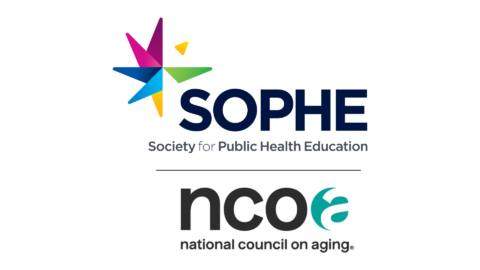On January 23, I attended the U.S. Surgeon General’s Report on Smoking Cessation meeting. To be in a room filled with hard working and successful individuals was humbling and inspiring. The event was intimate, with many professionals from various policy and health organizations attending.
Dr. Jerome Adams introduced the 700-page report that he and his team worked on for over three years. This is the 34th report published by a Surgeon General and the first in over 30 years to be solely focused on smoking cessation. It contains proven strategies to help adults quit smoking and demonstrates the health benefits that come with cessation. Adams stated that there are currently 34 million Americans who smoke and 70 percent of them have expressed the desire to quit smoking.
Interventions can occur in a variety of ways, but because times have evolved and technology is constantly advancing, it is crucial to meet those who smoke where they are. Whether it be through text or web interventions, individual interventions are crucial in smoking cessation.
These interventions may also include FDA quit medications and behavioral counseling. Healthcare interventions include education and confidence building. Lastly, population level interventions include the TIPS campaign from the CDC, raising prices of cigarettes, smoke free policies, encouraging employers and business owners to create smoke free environments, and fully funded state programs for cessation. Adams emphasized that these comprehensive approaches are warranted for cessation.
Major conclusions: quitting smoking can reduce risk of disease, smoking can make an individual age or appear and feel older than they are, quitting can add 10 years to life expectancy, quitting can help save money, smoking has taken toll on the economy and nation, there are more than 12 cancers related to smoking, smoking affects every organ in the human body, and 40 percent of smokers are not advised to quit smoking.
This report is a blueprint to help those 34 million Americans quit smoking and now with the research, it is time to apply it. This experience confirmed the need for public health professionals to continue to advocate for smoking cessation and to help and encourage our community to strive to be smoke-free.
Lizzie Davalos
Senior, University of North Carolina Wilmington




